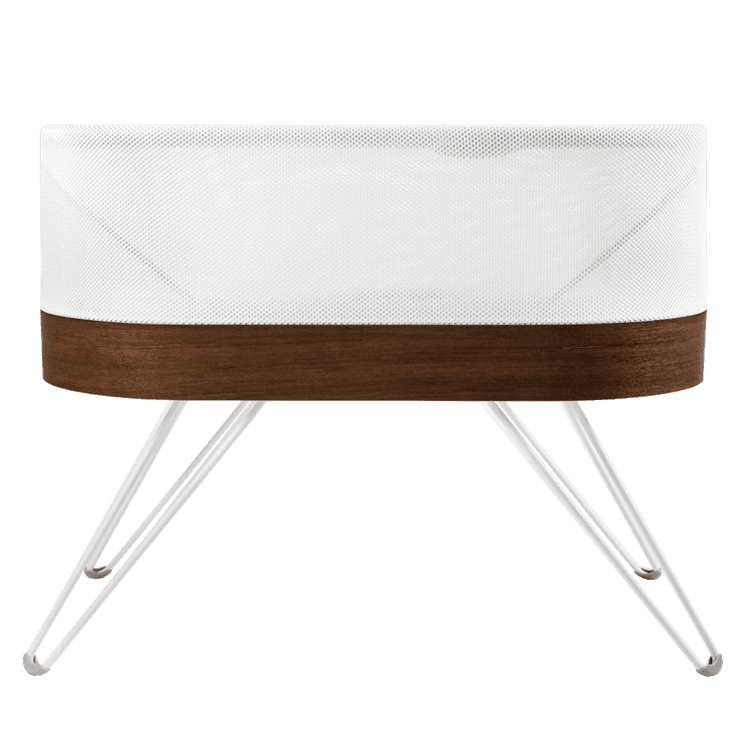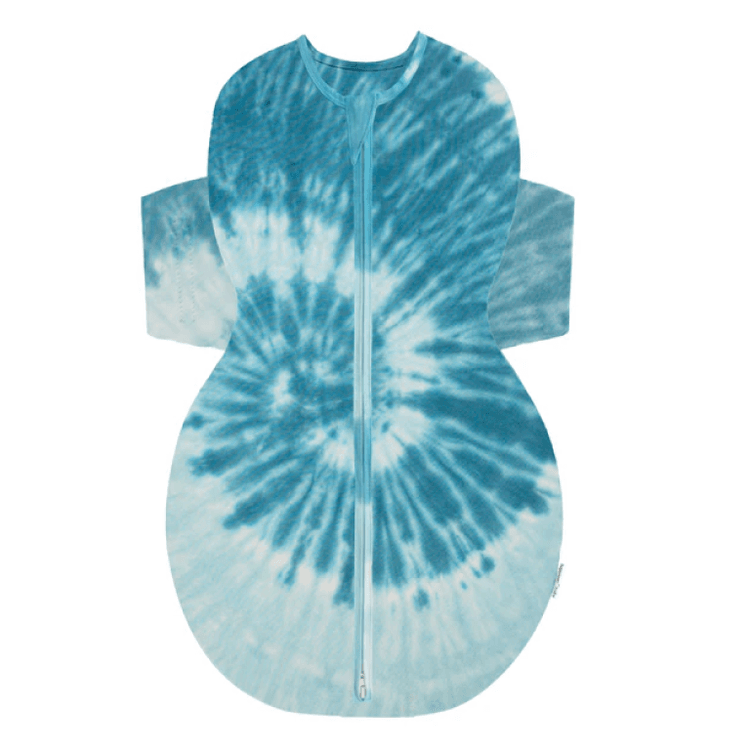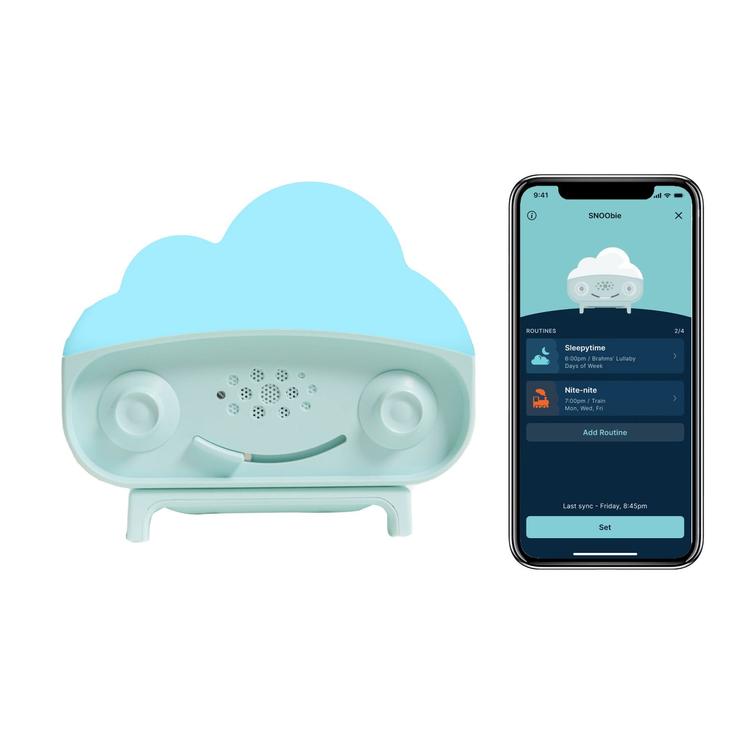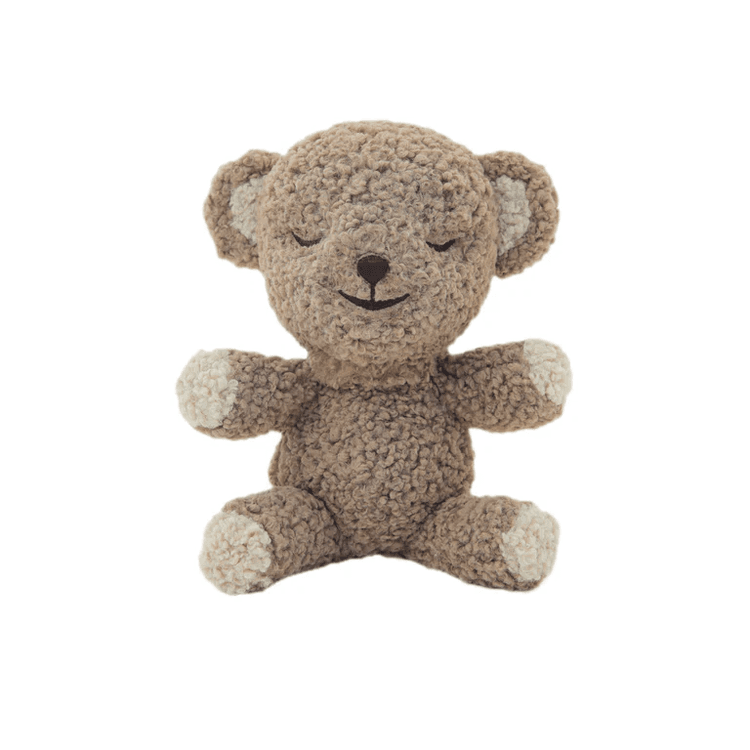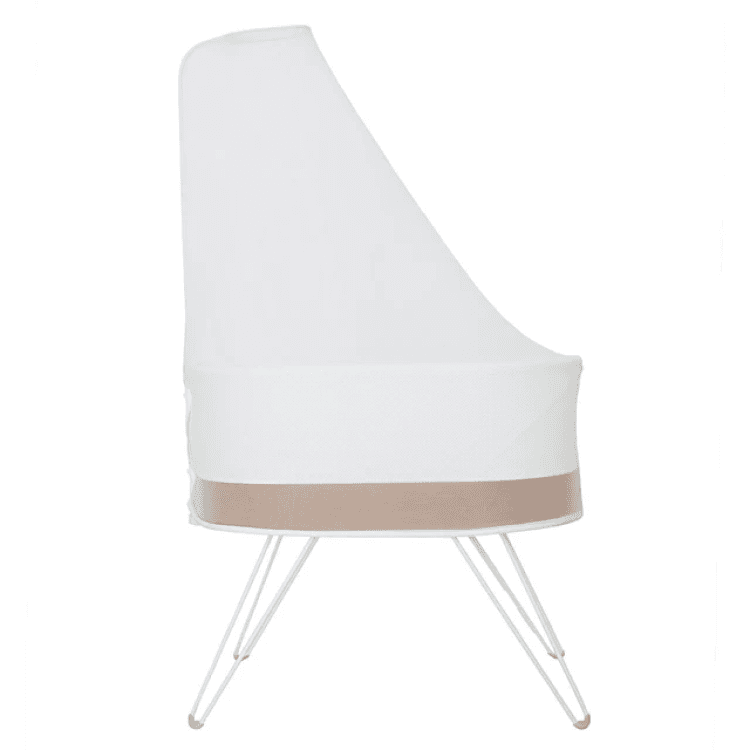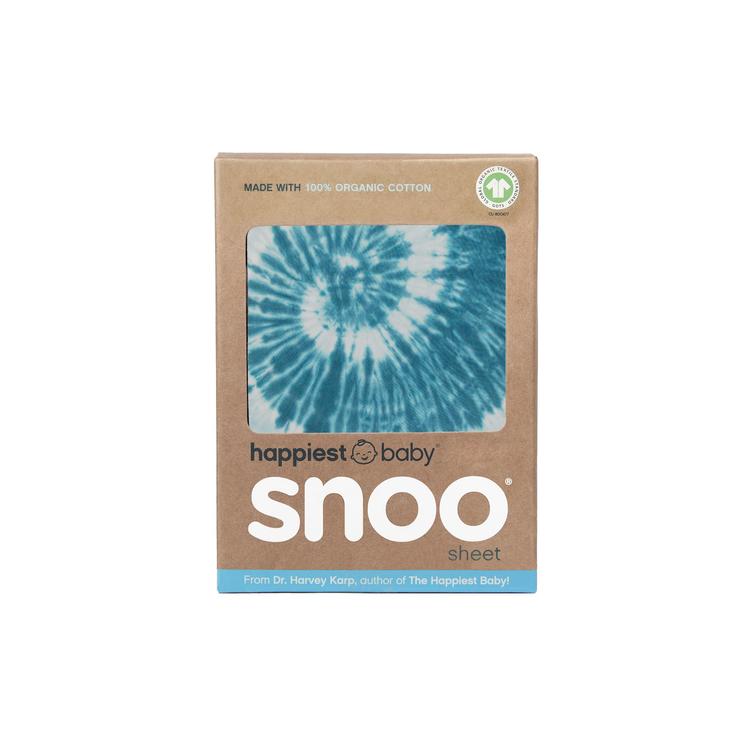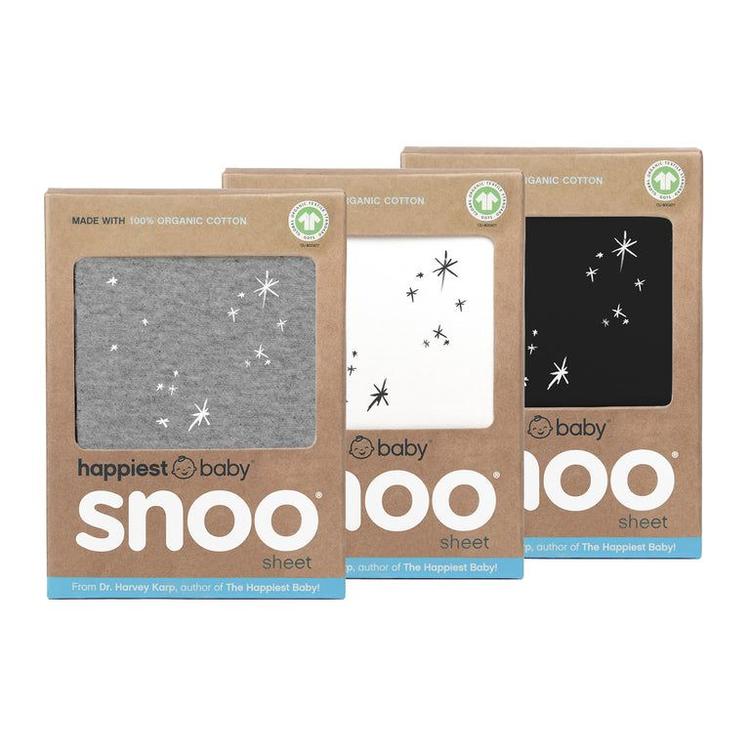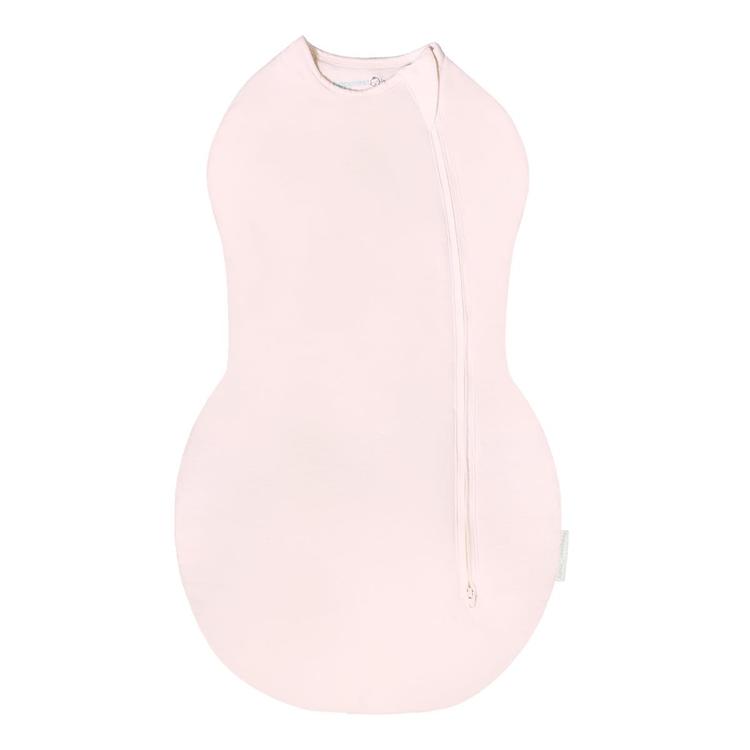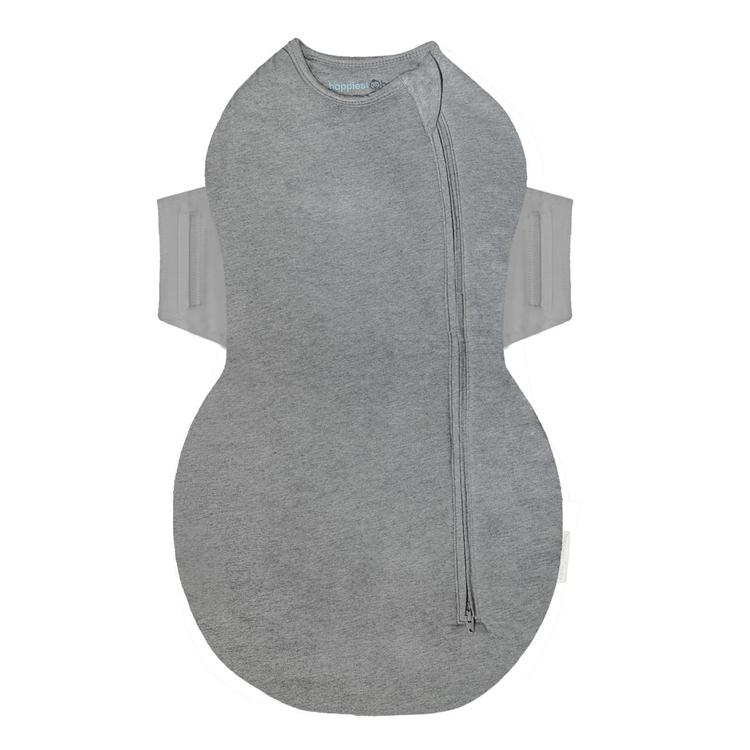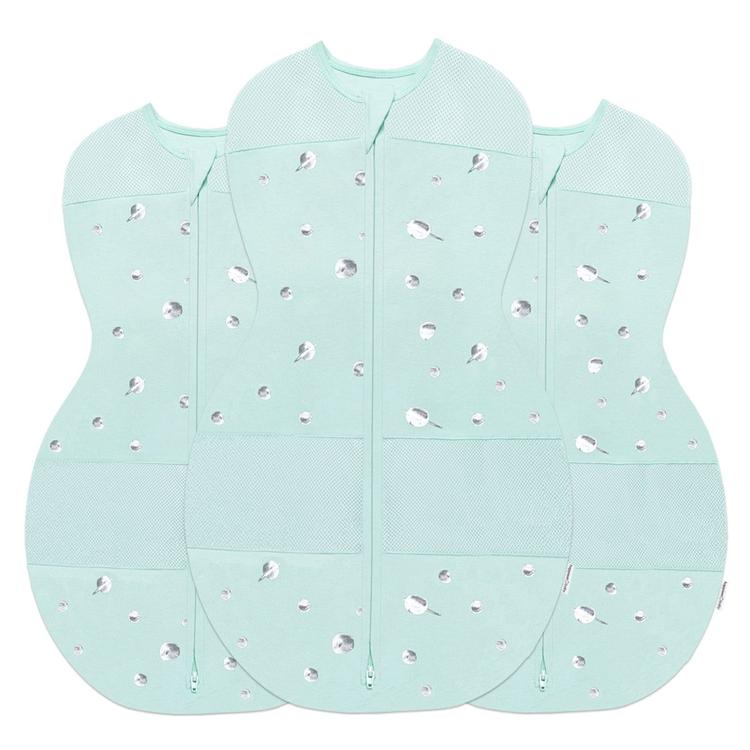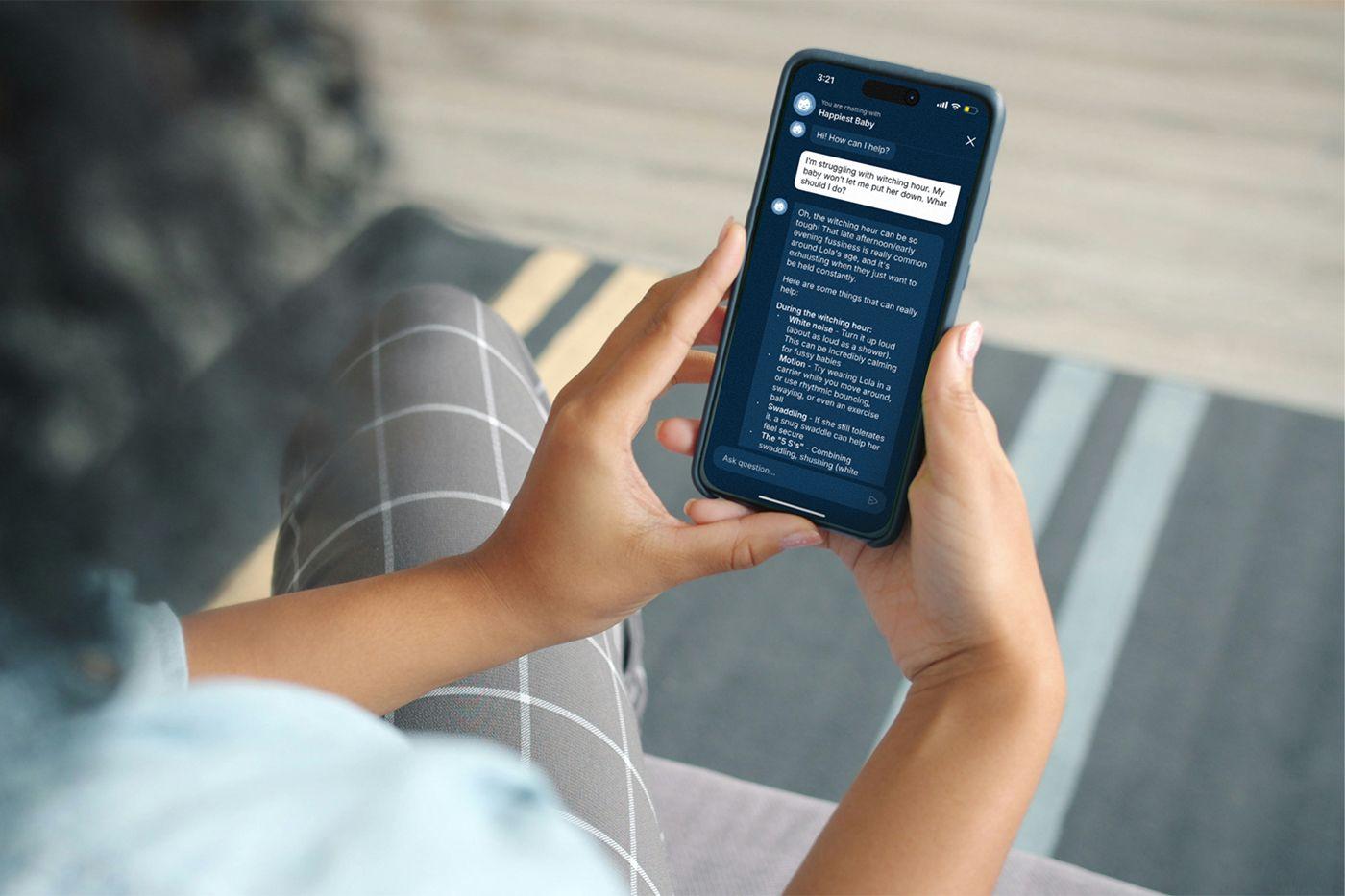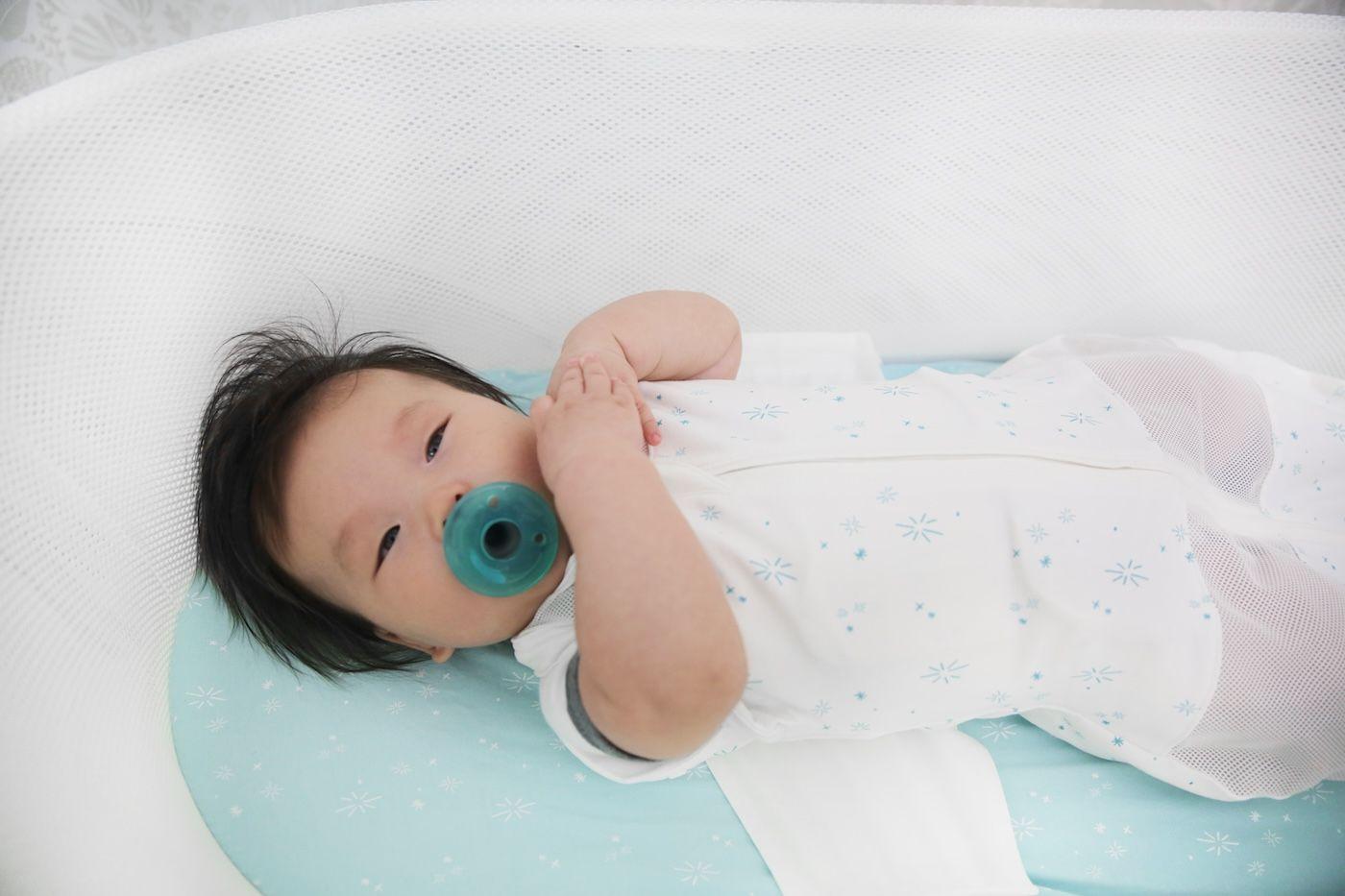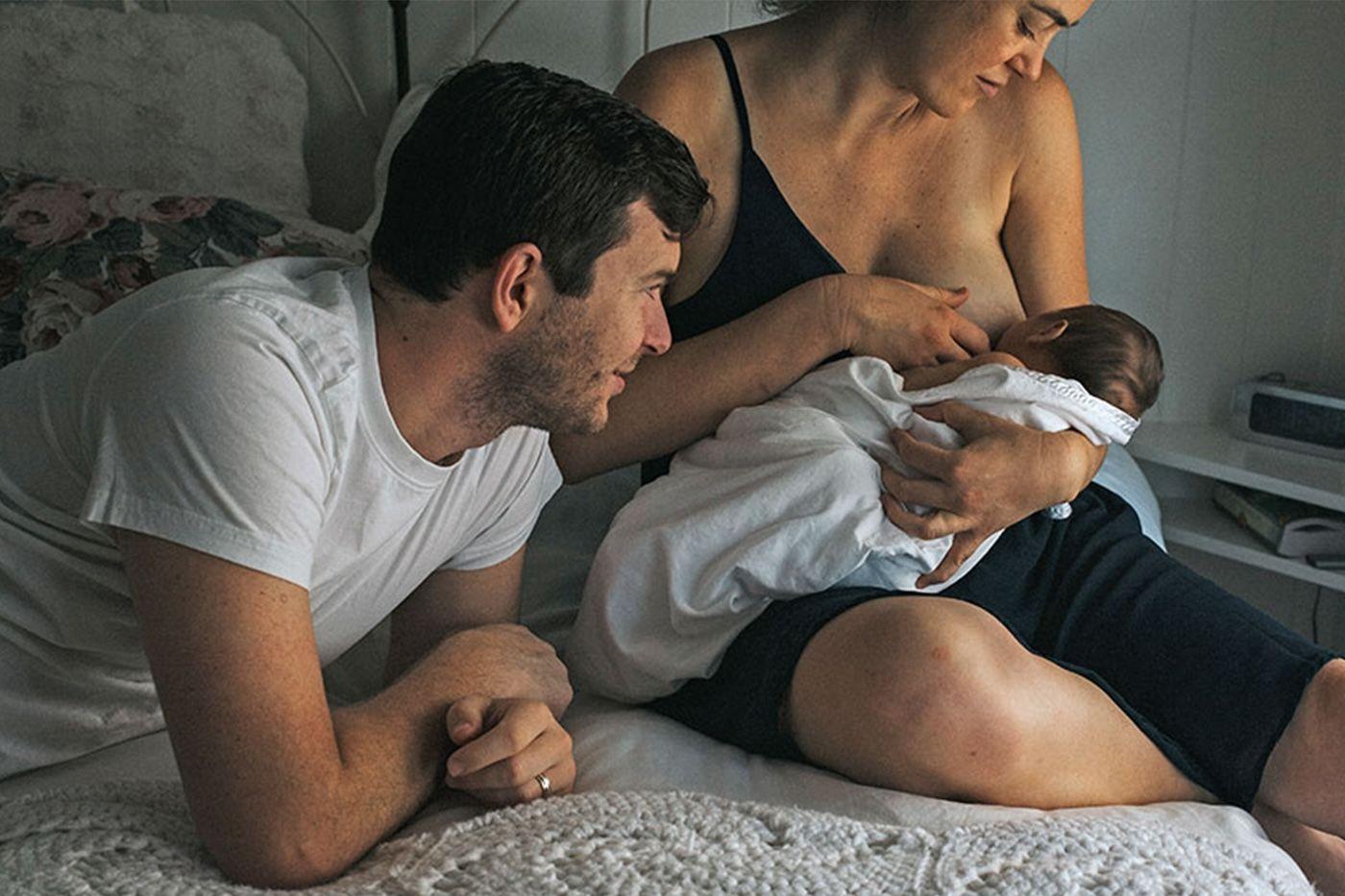SNOO
8 Tips to Help Your Baby Get Used to SNOO
Simple tips to help your baby adjust to SNOO!

Written by
Dr. Harvey Karp
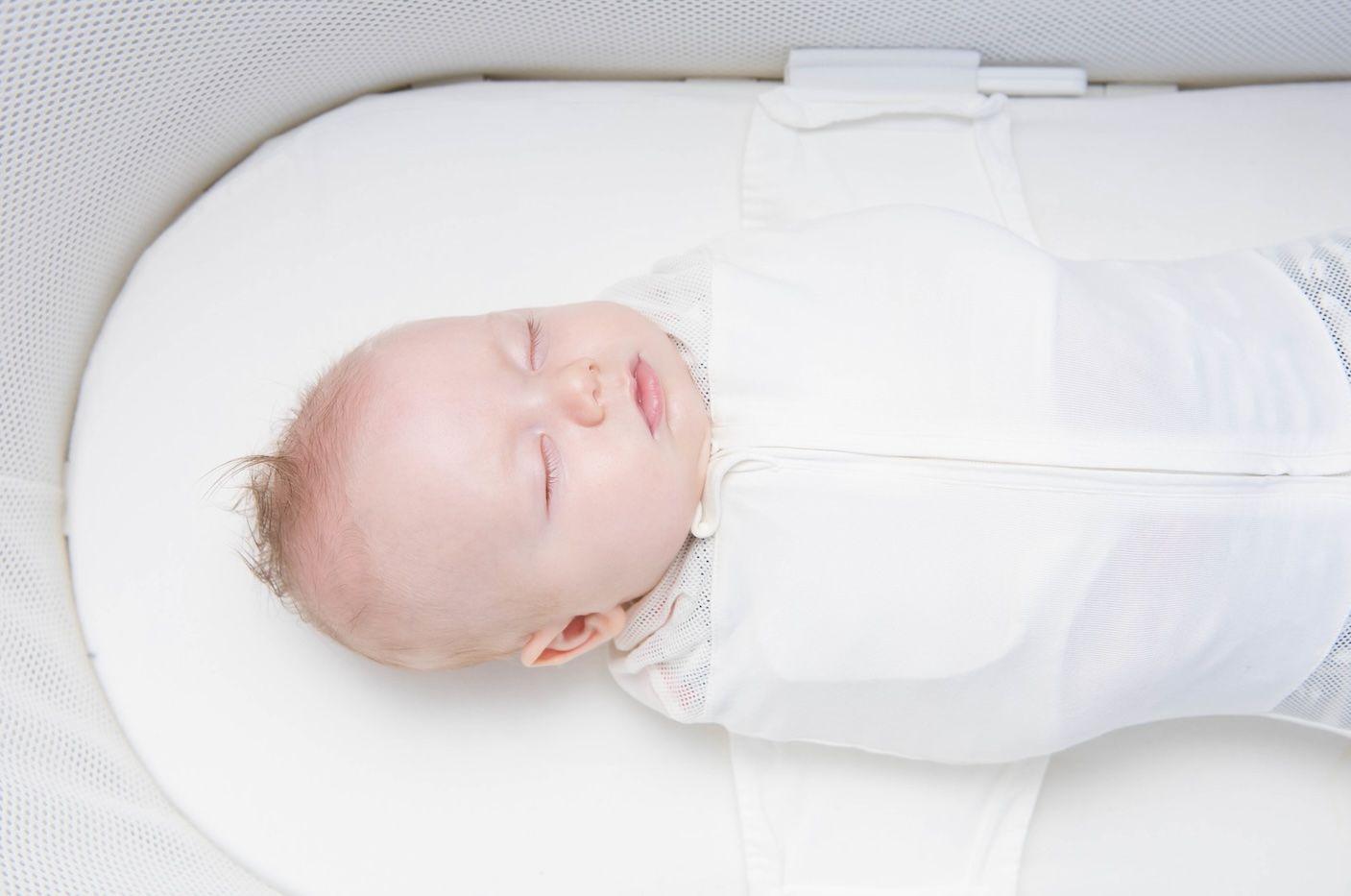
Babies are individuals. Some are timid, some outgoing, some sensitive, and others are "surfer dudes," unfazed by the bustle around them.
Likewise, for soothing and sleep…some need sucking, some white noise, some jiggling, and others need all 5 S’s (vigorously!) to calm.
So, if your infant doesn’t instantly quiet in SNOO, try our tips:
Be patient with “older babies.”
If your little one is over 6 to 8 weeks old, they may need 4 to 5 days to get used to the new motion and sound. The more your baby sleeps in SNOO (naps and nights), the sooner it should comfort them.
Put your baby down…asleep.
We’ve learned that babies who are used to contact napping need time to adjust. Got a hunch that’s your situation? Try this: When it’s almost bed or naptime, zip your baby in their SNOO Sack, feed them well and offer a pacifier (if they like it) and rock your little one into a deep sleep. Then, gently transfer your baby to SNOO. Use the Happiest Baby App to set the motion on a low level, purple, or blue. After four to five days of naps/nights in SNOO, your baby's new surroundings should begin feeling familiar.
Build happy SNOO memories.
Start planning three to four fun times in SNOO each day. For example, give a delicious baby massage in there—then take your bub out for a cuddle. Loving touch can help babies associate good vibes with SNOO!
Learn the cues.
SNOO won’t calm fussing when your baby needs YOU! Check if your nugget is hungry, hot, cold, or needs a new diaper. Once you meet your baby's needs, they'll likely soothe and snooze. (If your baby continues to fuss no matter what you do, check with your doctor.)
SHARE THIS ARTICLE
PARENT PICKS
Bestsellers
